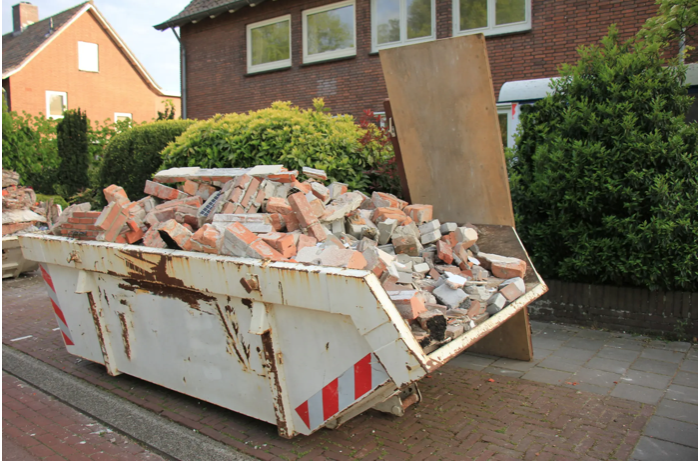
A tool developed by researchers at Glasgow Caledonian University (GCU) to measure the true cost of waste on construction sites has influenced a ‘groundbreaking’ industry protocol.
The tool was created following a series of studies, culminating in a two-month field study, which itemised and calculated the waste items found on multiple Scottish sites – with the tool used to log waste items found in typical mixed-waste construction skips.
Professor Billy Hare, Dr Kenneth Lawani, and Siobhan Morison, of GCU’s BEAM Research Centre, won a competitive tender for £24,000 funding from Zero Waste Scotland to carry out the project.
Now the tool has been adopted by Zero Waste Scotland as part of its site waste reduction protocol, which helps site staff record and quantify everything that is being wasted. The protocol itself is a method for how to best use the calculator for accurate results, which includes guidance on monitoring skips, estimating quantities and classifying material types.
Once enough data has been collected, the calculator can produce reports that show what types of materials are being wasted most often and why, how much these have cost the business, and gives the data needed to calculate how much this is adding to the carbon footprint of a business.
Professor Hare said, “The tool we have developed prompts users to record not only what waste is in the skip, but more importantly why it is in the skip. Reasons may include damage or excess material from cutting, but may also include materials that have been wrongly specified, striped out due to poor workmanship or even built in the wrong place.
“The reason why the waste is in the skip has implications for the true cost, as there are additional costs to rectify errors. Longer-term, this also helps to inform strategies to eliminate or reduce waste in the first place, which can be more strategically targeted when the root cause is known.”








